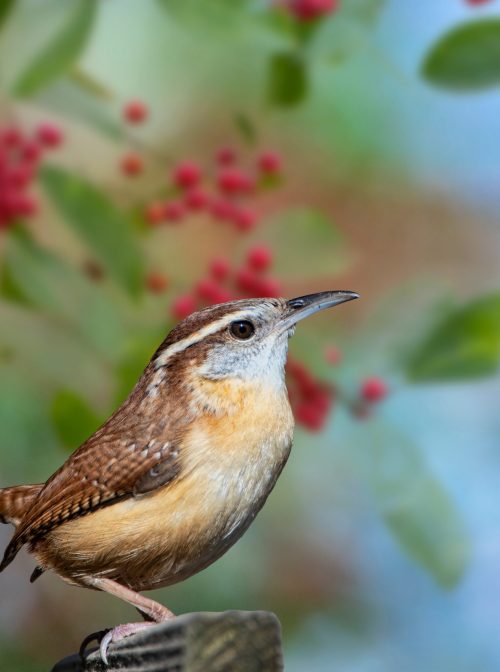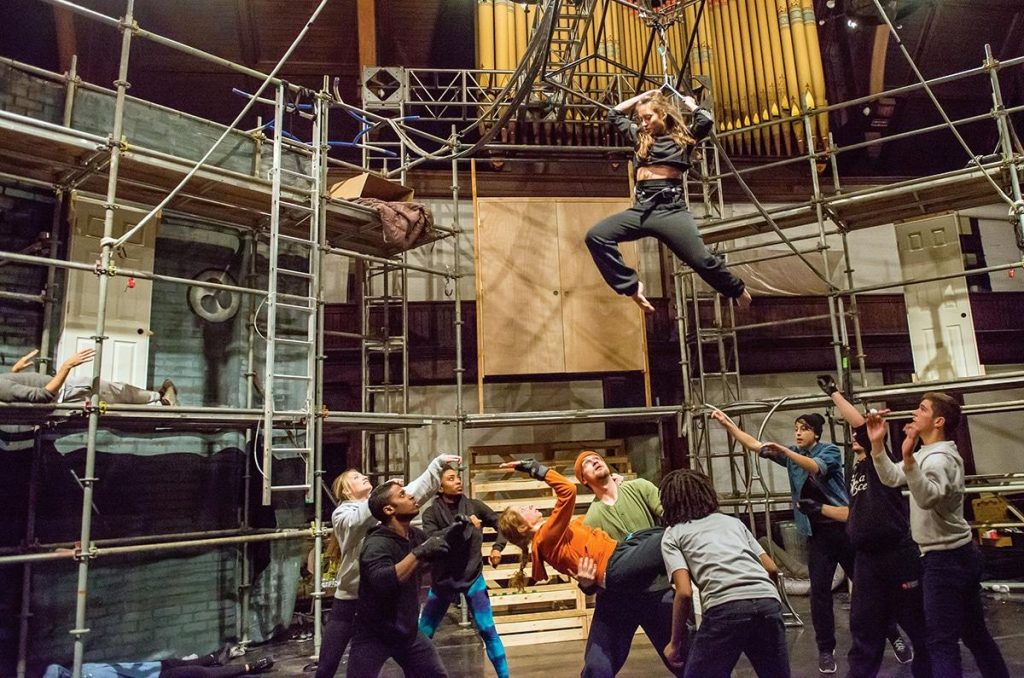My parents gave me binoculars last Christmas.
With no particular agenda, I’d been thinking that I needed a proper pair for some time — for star gazing, perhaps? Or maybe trying to identify the odd tree on my daily walks? It was a surprise to me as much as anyone else when suddenly the binoculars opened a new obsession with birds.
I spent a full weekend bribing children to help me find the woodpecker I could hear tapping in the trees of our neighborhood. I suddenly spent more time on my front porch, binoculars beside me, ready to pull out my new treasure trove of apps designed to identify birdsong. “That’s a cardinal!” I began exclaiming in the middle of a conversation, apropos to nothing. I delighted in the call of a tufted titmouse as my eyes opened in the morning, and I paused by a public trash can for an unusual length of time to watch the three — no, four — brown thrashers tapping around the base. I dropped everything to watch an osprey dismember a fish in the playground with my children.
On a summer morning
I sat down
on a hillside
to think about God –
a worthy pastime.
Near me, I saw
a single cricket;
it was moving the grains of the
hillside
this way and that way.
How great was its energy,
how humble its effort.
Let us hope
it will always be like this,
each of us going on
in our inexplicable ways
building the universe.
— Song of the Builders, by Mary Oliver
I’ve always loved Mary Oliver’s writing, finding my greatest spiritual experiences in the beauty of the natural world. The grandeur of mountain view, the nobility of a live oak, the gem-like vibrancy of a sun-ripened tomato — the wonder of nature has always helped me connect with the miracle of this life and my humanity. But now with the birds, I find myself preoccupied not with glamorous impressions but with the smallest of details, the various trills of a Carolina wren or the distinctions between types of egrets. I find thrill and contentment in the most minute details revealed by my binoculars.
What does the focus on the smallest of detail illuminate about our shared work of creating a better, more connected world?
As Oliver’s writing has always led me to do, I consider the lessons that these new experiences with nature give me in my life and my work. What can we learn from the tiniest of crickets, moving grains on the hillside? What does the focus on the smallest of detail illuminate about our shared work of creating a better, more connected world?
To be sure, we should celebrate the big, awe-inspiring moments. We should cheer at every major grant, every impressive impact number, and every national acknowledgement from the White House to The New York Times. We should marvel at and commemorate the significant milestones, like we have done for Interfaith America’s 20th anniversary this year.
But this Mary Oliver poem hangs next to my desk to remind me of the same message I take from the birds. The humblest moments offer us just as much opportunity for gratitude and reflection on what it means to build the universe together. The quietest of conversation, one person’s willingness to sit and listen, a simple act of kindness, a moment of shared laughter — these humble moments of relationship are the building blocks of our work, each an incremental step towards a world where pluralism and connection can grow. Interfaith America has an inspiring and aspirational vision for our nation. Even as we unwaveringly pursue that highest vision, the birds remind me to pause and appreciate every humble step along the way.




